This article was medically reviewed by Sarah Gehrke, RN, MS. Sarah Gehrke is a Registered Nurse and Licensed Massage Therapist in Texas. Sarah has over 10 years of experience teaching and practicing phlebotomy and intravenous (IV) therapy using physical, psychological, and emotional support. She received her Massage Therapist License from the Amarillo Massage Therapy Institute in 2008 and a M.S. in Nursing from the University of Phoenix in 2013.
There are 12 references cited in this article, which can be found at the bottom of the page.
This article has been viewed 45,555 times.
Body and muscle aches can be caused by a variety of health conditions, including the flu, a fever, a hangover, or more serious issues like chronic body pain or arthritis. To relieve these aches and pains, start with making sure you’re hydrated and comfortable. If the pain persists, try other remedies including applying ice to aching areas, getting a deep-tissue muscle massage, or applying essential oils. If you need it, you can even take over-the-counter painkillers.
Steps
Soothing Aches with Home Remedies
-
1Drink a large glass of water. Dehydration can lead to a variety of side effects, including muscle or body aches. Counter this by drinking plenty of water. Staying hydrated will keep your muscles limber and prevent them from cramping or aching.[1]
- Unfortunately, contrary to a popular misconception, drinking water will not reduce the discomfort and headache from a hangover.[2]
-
2Soak in a hot bath. If you’re suffering from muscle cramps after a difficult workout session, or if your body aches from the flu, try taking a hot bath. The warmth of the water will relax and soothe your muscles. This will relieve pain and help you feel better overall.
- If a hot bath doesn’t make much of a difference, try adding 2 cups (470 mL) of Epsom salts to the bath water. Soak in the salt water for at least 12 minutes. Your body will absorb magnesium from the salts, which will help decrease body aches.[3]
Advertisement -
3Lie underneath a heating blanket or pad. If a large section of your body aches (e.g., from the flu), lie down and cover yourself with a heating blanket. The warm temperature will relax your muscles and help reduce aches and pains. Heat treatment can be especially effective in treating aches caused by arthritis or chronic muscle pain.
- If you have a fever or chills, do not bundle up or use a heating pad. Instead, keep the room at a comfortable temperature.[4]
- For more localized aches—for example, if only your shoulder is sore—apply soothing heat directly to the painful area with a heating pad.
- Keep the heating blanket set to “warm,” not “hot,” to avoid burning your skin. Keep the heating blanket or hot pad in place for 15-30 minutes at a time.[5]
-
4Apply ice to a painful location. If a specific muscle or area of your body aches or is causing you pain, apply an ice pack to this spot. Ice will reduce muscle inflammation and numb the nerve endings that send pain signals to your brain.[6]
- This is also a useful trick if your body aches have been caused by a rigorous workout. Applying ice to over-worked muscles will relieve pain and speed up the healing process.
- Apply ice packs for about 20-30 minutes at a time.[7] Holding ice to your skin for longer could cause minor skin damage or, at worst, frostbite.
Taking Pain Medication and Consulting a Doctor
-
1Take an over-the-counter painkiller. Medications including Tylenol, Advil, Motrin, and ibuprofen are great at removing the pain of headaches and minor muscle aches.[8] If your aches don’t go away after taking the directed dosage of a single painkiller, keep in mind that some can be mixed. For example, you can take a full dose of Tylenol and ibuprofen simultaneously.
- Your local supermarket will stock a large variety of both name-brand and generic painkillers.
-
2Ask for a diagnosis of persistent aches. If you experience muscle or body aches more than a couple of times a month, or if you experience severe pain, you could be suffering from a diagnosable medical condition. Describe your symptoms to your doctor, and ask them if they can provide a diagnosis. The doctor may request that you have blood work, or other types of testing, done to secure a diagnosis. Persistent aches can be a sign of:[9]
- Fibromyalgia.
- Chronic Fatigue Syndrome.
- Lyme Disease.
- Multiple sclerosis.
-
3Ask your doctor about a prescription painkiller. If your body aches persist or worsen, even when you take OTC painkillers, talk to your doctor. They may prescribe a limited dose of a painkiller like codeine, morphine, Fentanyl, or oxycodone (the generic forms of Oxycontin).[10]
- Keep in mind that many prescription painkillers—like Oxycontin—can be habit-forming. Do not exceed your doctor’s prescribed dosage.
Getting a Massage or Exercising
-
1Get a deep-tissue massage. A deep-tissue massage will release toxins and inflammatory chemicals in your muscles that may be causing them to ache. The massage will also increase the blood flow to sore and aching muscles, which should decrease pain or discomfort.[11]
- Most massage parlors do provide deep-tissue massages. Specify to the masseuse that this is the type of massage you would like to receive.
-
2Massage painful knots in your muscles. If you can feel hard, knotty, marble-sized areas in your aching muscles, try applying pressure directly to them. This can release tension and cause your muscles to stop aching. Use your thumb or forefinger to apply steady pressure directly to the knot for about 45 seconds.[12]
- If you’re struggling to reach a knot on your back, ask a friend or family member to massage the area for you.
- Alternately, massage knots on your back by lying on a tennis ball. Place the tennis ball on the floor, and position yourself over it so that the ball is directly under a sore, knotted muscle. Lie back and let the ball apply pressure to the aching area.
-
3Exercise the sore muscles. Although it seems counter-intuitive, exercising can reduce body aches and muscle pains. Exercises like yoga, jogging (or walking), and tai chi will decrease stress in your muscles. The exercises will also increase the flow of blood to your muscles, stretch them, and help muscles relax. As a consequence, your body aches and muscle pains will diminish.[13]
- Avoid any strenuous exercises like intense weightlifting. These exercises may worsen muscle pain.
References
- ↑ https://www.coastalorthoteam.com/blog/hydration-why-water-matters-for-preventing-injuries-0
- ↑ http://www.bbc.com/news/health-34072712
- ↑ https://www.prevention.com/health/health-concerns/pain-remedies-natural-cures-aches-and-pains
- ↑ https://medlineplus.gov/ency/article/003090.htm
- ↑ https://www.spine-health.com/treatment/heat-therapy-cold-therapy/how-apply-heat-therapy
- ↑ https://www.mayoclinic.org/self-care-approaches-to-treating-pain/art-20367322
- ↑ https://patient.info/health/heat-and-ice-treatment-for-pain#nav-3
- ↑ https://www.healthdirect.gov.au/pain-relief-medicines
- ↑ http://www.thehealthsite.com/diseases-conditions/why-you-shouldnt-ignore-constant-body-aches/
- ↑ https://www.healthdirect.gov.au/pain-relief-medicines
- ↑ https://myhealth.ucsd.edu/Library/DiseasesConditions/Adult/CompAltMed/85,P00186
- ↑ https://www.prevention.com/health/health-concerns/pain-remedies-natural-cures-aches-and-pains
- ↑ https://www.prevention.com/health/health-concerns/pain-remedies-natural-cures-aches-and-pains
- ↑ https://lifehacker.com/5877310/how-can-i-quickly-recover-after-a-tough-workout
- ↑ https://www.active.com/fitness/articles/7-ways-to-relieve-muscle-soreness/slide-3
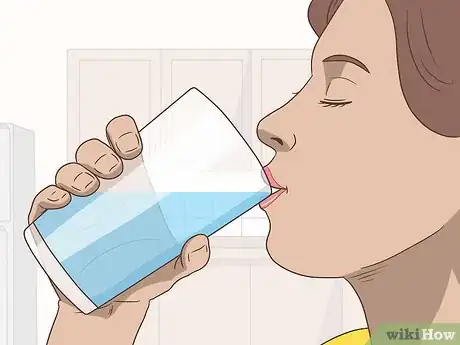

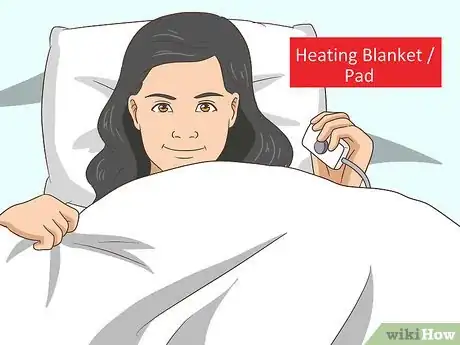
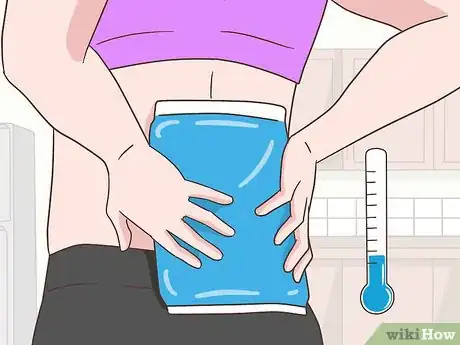

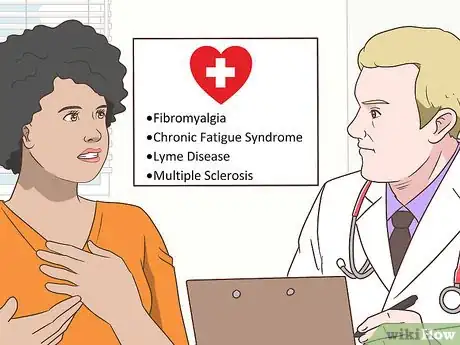

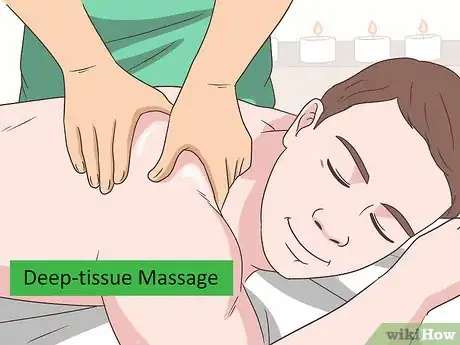
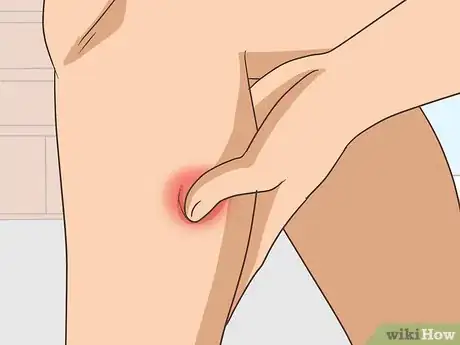
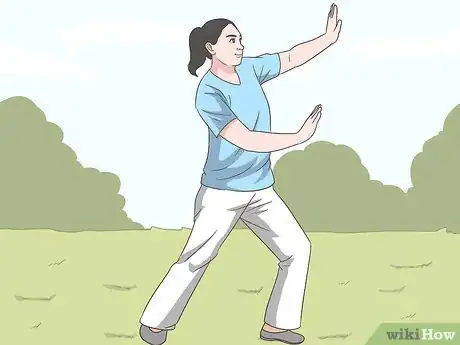
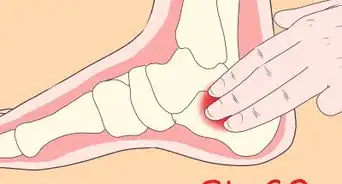
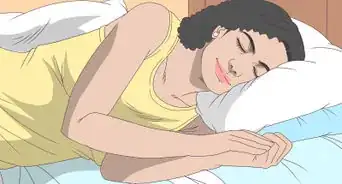

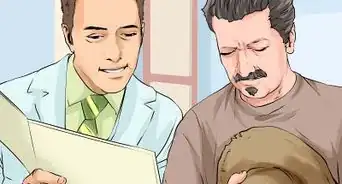
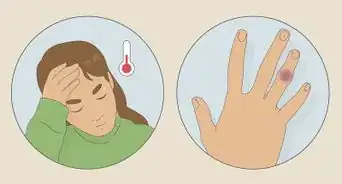


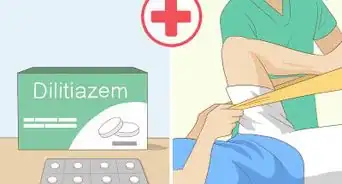
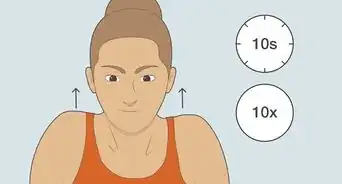
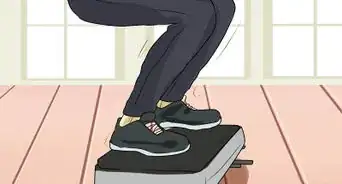

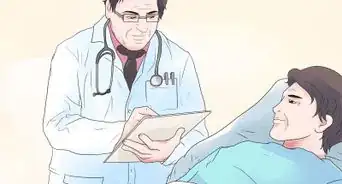
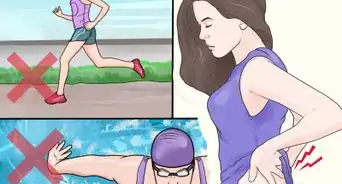
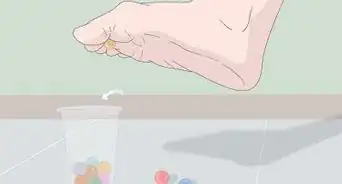









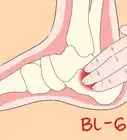






































Medical Disclaimer
The content of this article is not intended to be a substitute for professional medical advice, examination, diagnosis, or treatment. You should always contact your doctor or other qualified healthcare professional before starting, changing, or stopping any kind of health treatment.
Read More...